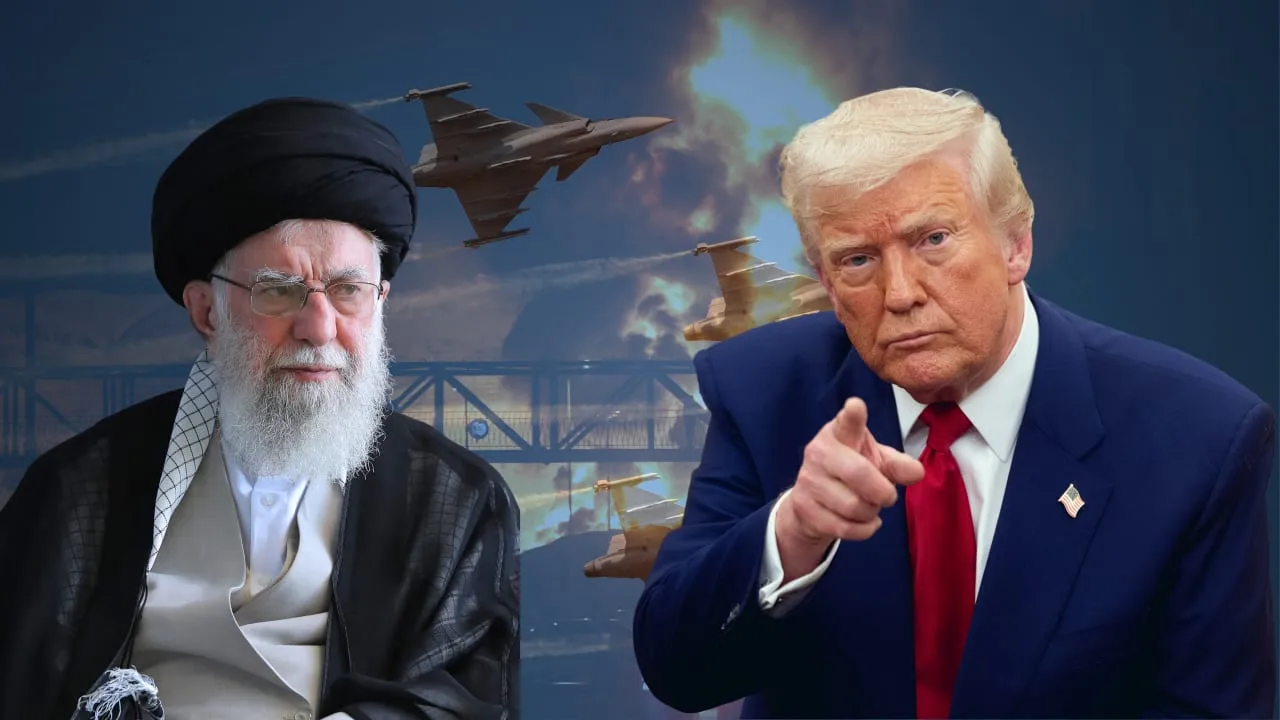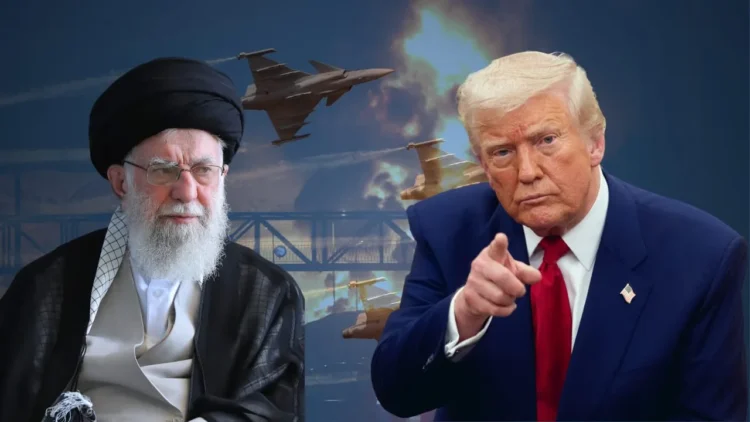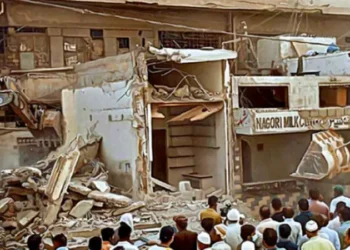Islamabad (Monitoring Desk): U.S. President Donald Trump has reiterated his firm commitment to preventing Iran from acquiring nuclear weapons, following a recent 12-day conflict between Iran and Israel that saw the United States engage in military action.
President Trump remains resolute in his stance even as questions persist regarding the full extent of the damage inflicted by U.S. strikes on Iran’s nuclear facilities. In a recent interview, he repeated his claim that Iran was “weeks away” from developing nuclear weapons before Israel initiated an attack on June 13. Nine days later, on June 22, the U.S. launched targeted strikes on Iran’s three primary nuclear facilities: Fordow, Natanz, and Isfahan.
While President Trump and his administration have claimed “obliteration” and “monumental damage” to the sites, preliminary U.S. intelligence reports and statements from the International Atomic Energy Agency (IAEA) offer a more nuanced picture. The IAEA has stated that it remains unclear what specific damage was sustained at the Fordow plant, which houses a significant portion of Iran’s most highly enriched uranium—a crucial component for producing a nuclear weapon.

Reports indicate that while severe damage has likely occurred, particularly to centrifuges at Fordow and Natanz and to uranium conversion facilities at Isfahan, the total destruction of Iran’s nuclear program is debated. Some assessments suggest that Iran may have moved some highly enriched uranium prior to the strikes, and the country’s overall nuclear knowledge and industrial capacity remain intact.
IAEA Director General Rafael Mariano Grossi stated that Iran could resume uranium enrichment in “a matter of months,” despite the “severe damage” to its capabilities. This contrasts with assertions from U.S. and Israeli officials that the strikes have set back Iran’s nuclear program by “many years.” The differing assessments underscore the ongoing uncertainty surrounding the long-term impact of the military operations on Iran’s nuclear ambitions.
























